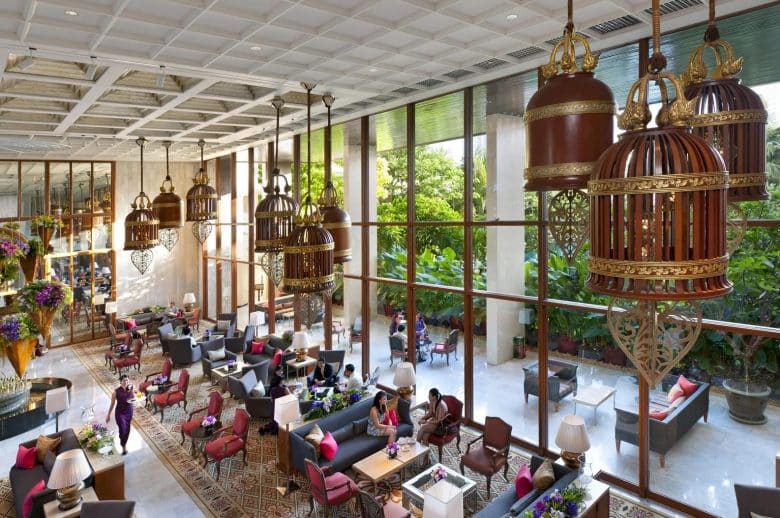In the bustling world of conventions and events, where industry professionals gather to network, learn, and showcase their latest innovations, the landscape of marketing has undergone a transformative shift. No longer confined to static booths and traditional advertising methods, hospitality marketing in convention and event spaces has evolved into a dynamic and experiential endeavor, driven by innovation, personalization, and the relentless pursuit of attendee engagement.

A Shift Towards Experiential Marketing
Gone are the days of passive engagement, where attendees merely walked past booths adorned with glossy brochures and static displays. Today, marketers are increasingly embracing the principles of experiential marketing, creating immersive brand experiences that captivate the senses and leave a lasting impression.
At the forefront of this shift is the recognition that attendees crave more than just information; they seek meaningful interactions and memorable experiences that resonate on a deeper level. From interactive installations and virtual reality simulations to live demonstrations and hands-on workshops, brands are finding creative ways to engage with their audience and forge genuine connections.
Harnessing the Power of Technology
Central to the evolution of marketing in convention and event spaces is the widespread adoption of technology. From augmented reality (AR) and virtual reality (VR) experiences to mobile apps and social media platforms, technology has become an indispensable tool for marketers looking to engage with attendees in new and innovative ways.
One notable example is the use of AR and VR to create immersive brand experiences that transport attendees to virtual worlds and allow them to interact with products and services in ways that were previously unimaginable. Whether it’s exploring a virtual showroom, experiencing a product demonstration in 360 degrees, or participating in a gamified experience, technology has the power to captivate and engage like never before.
Personalization and Customization
In an era of information overload, personalization has emerged as a key strategy for cutting through the noise and capturing the attention of attendees. By leveraging data analytics and insights, marketers are able to tailor their messaging and offerings to the specific interests and preferences of individual attendees, creating a more personalized and relevant experience.
From personalized email campaigns and targeted advertisements to customized event itineraries and exclusive offers, brands are finding creative ways to make attendees feel valued and appreciated. By acknowledging their unique needs and preferences, marketers are able to foster deeper connections and cultivate loyalty among their audience.
The Role of Social Media
In today’s interconnected world, social media has become an integral part of the marketing landscape, providing marketers with a powerful platform to amplify their reach and engage with their audience in real-time. From live streaming events and behind-the-scenes footage to interactive polls and user-generated content, social media offers endless opportunities for brands to connect with their audience and drive engagement.
One of the key advantages of social media is its ability to facilitate two-way communication, allowing brands to listen to feedback, respond to inquiries, and foster meaningful conversations with their audience. By harnessing the power of social media, marketers are able to extend the reach of their marketing efforts beyond the confines of the physical event space and create a truly immersive and interactive experience for attendees.
Measuring Success and ROI
As marketing in convention and event spaces continues to evolve, so too does the need for comprehensive measurement and analytics. In order to justify investment and demonstrate ROI, marketers must be able to track and measure the impact of their marketing efforts across a variety of metrics, from booth traffic and engagement levels to lead generation and conversion rates.
Fortunately, advances in technology have made it easier than ever to collect, analyze, and interpret data in real-time, allowing marketers to gain valuable insights into the effectiveness of their marketing strategies and make informed decisions about future investments. By leveraging data-driven insights, marketers can optimize their marketing efforts, identify areas for improvement, and ultimately drive greater results.
Final Thoughts
In conclusion, the evolution of marketing in convention and event spaces represents a seismic shift in the way brands engage with their audience. No longer content with passive engagement and traditional advertising methods, marketers are embracing innovation, personalization, and technology to create immersive brand experiences that captivate, engage, and inspire.
From experiential activations and interactive installations to personalized messaging and social media engagement, the possibilities are endless. As the landscape of marketing continues to evolve, one thing is clear: the future of hospitality marketing in convention and event spaces is bright, bold, and full of potential.

